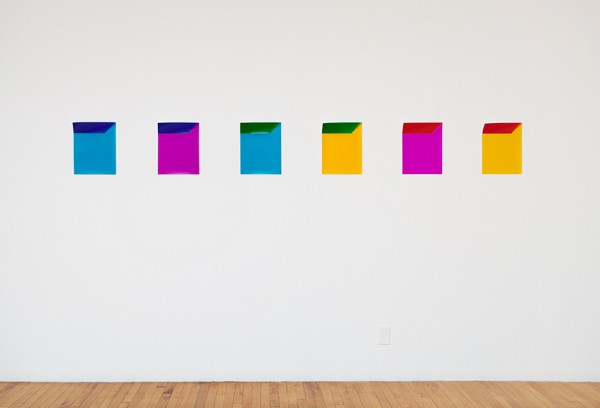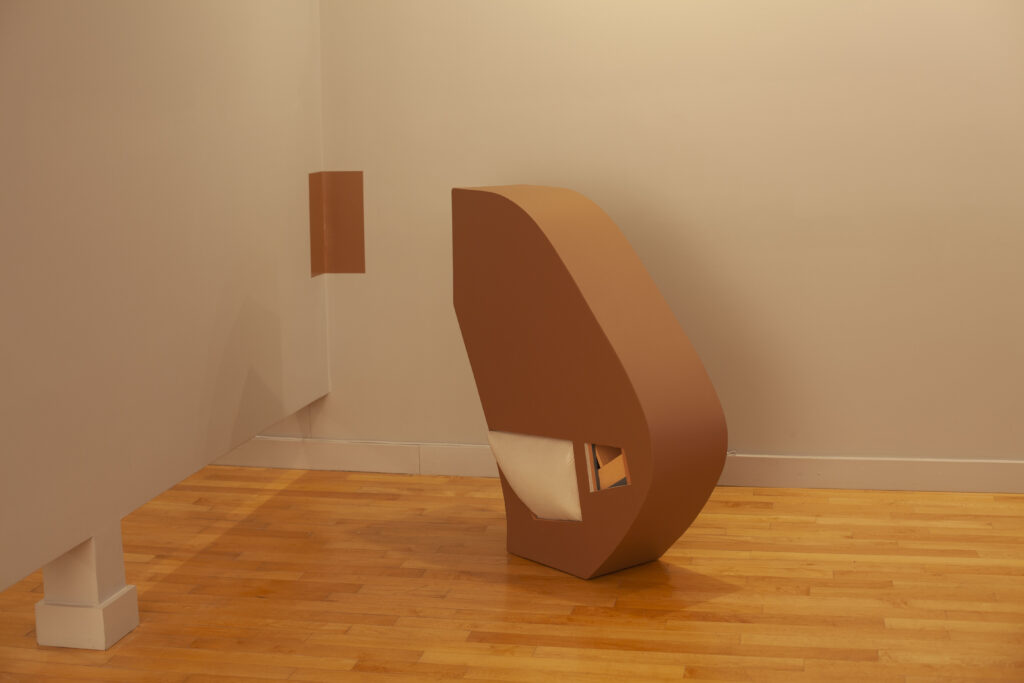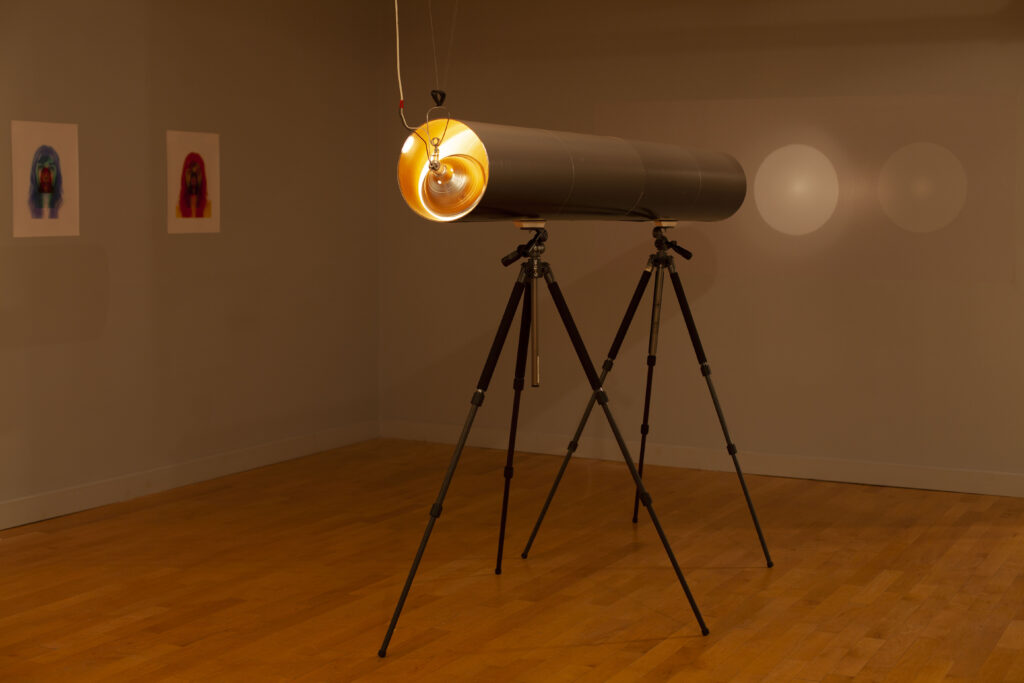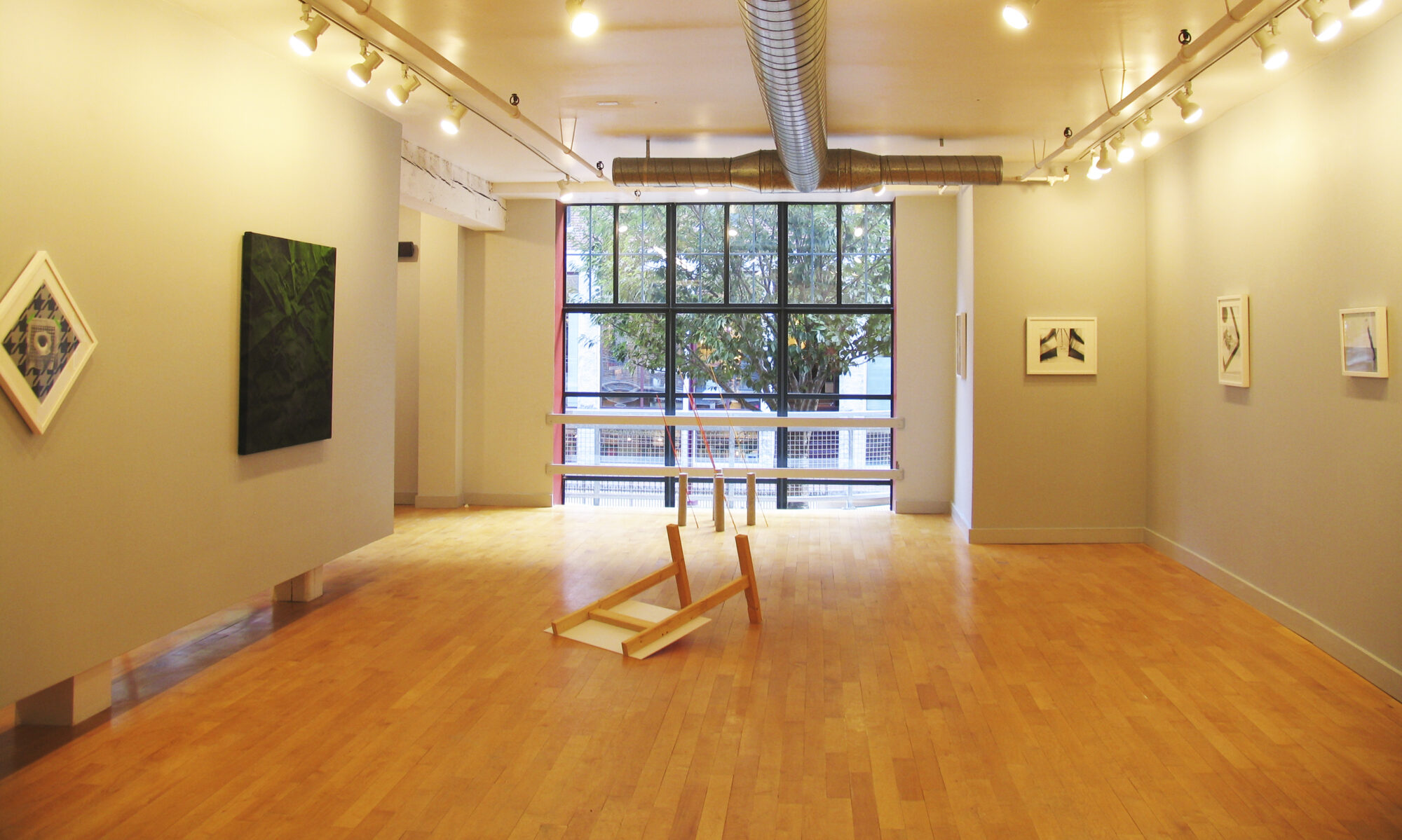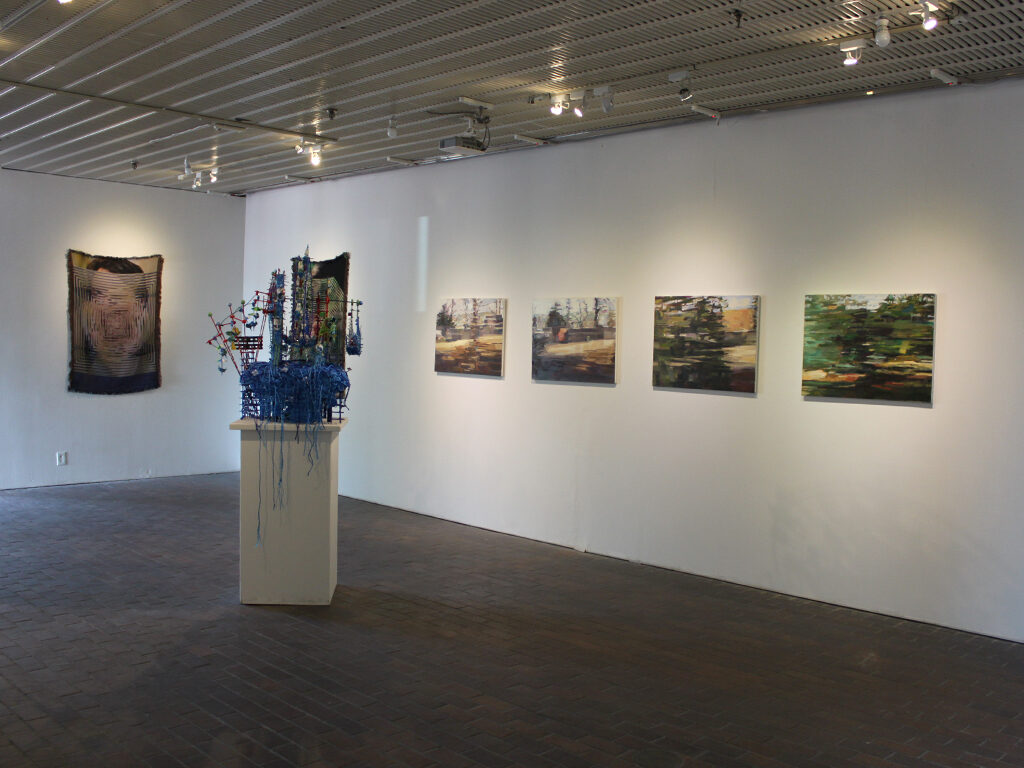Vibrations: A Sound Experience
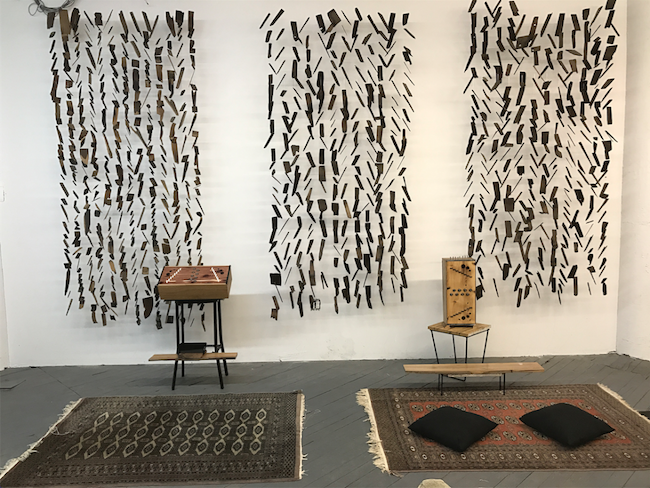
Vibrations: A Sound Experience is an interactive sound exhibition with work by MJ Caselden and Derek Hoffend. Consisting of artwork that utilizes sound, vibrations, and magnetism, the exhibition explores the potential for achieving alternate modes of consciousness through art experiences, while considering both art and the exhibition space as transformational tools lending the viewer the ability to abandon consciousness in order to achieve a measure of transcendence.
Both artists are influenced by the therapeutic properties discernible in sound and employ meditative concepts to inform their work. Drawing from the sound philosophy of somaesthetics and the illusory properties of binaural beats, the sound pieces in this exhibition are distinctively physical and require bodily interaction from the viewer. The unconscious mind, identified by the father of psychoanalysis, Sigmund Freud, in the 1900s, supposes that there are hidden thoughts and emotions that can not be deliberately accessed. This exhibition consists of work designed to express the idea that one is able to access that concealed metaphysical space, providing the viewer with the ability to access inner knowledge and unfiltered perception.
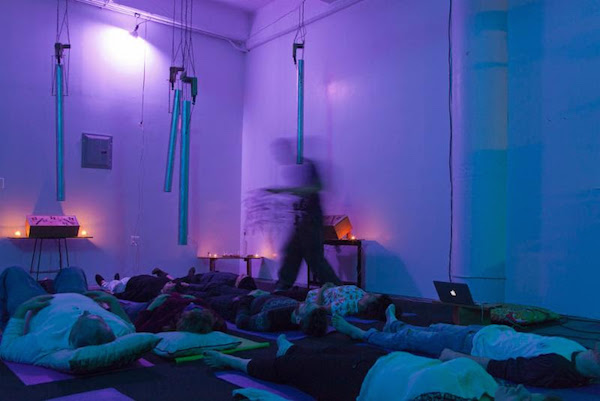
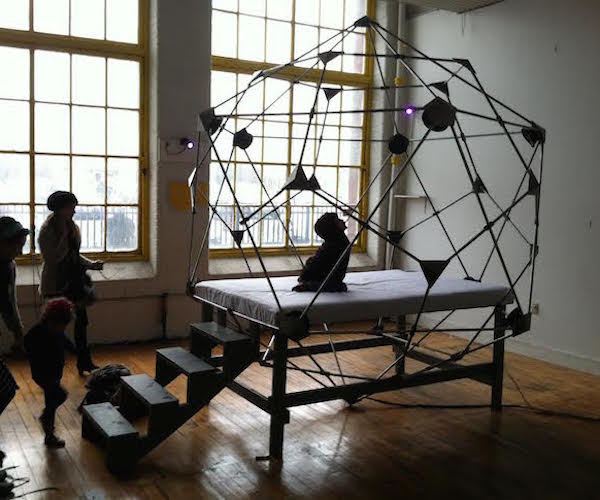
Deep in the Dream
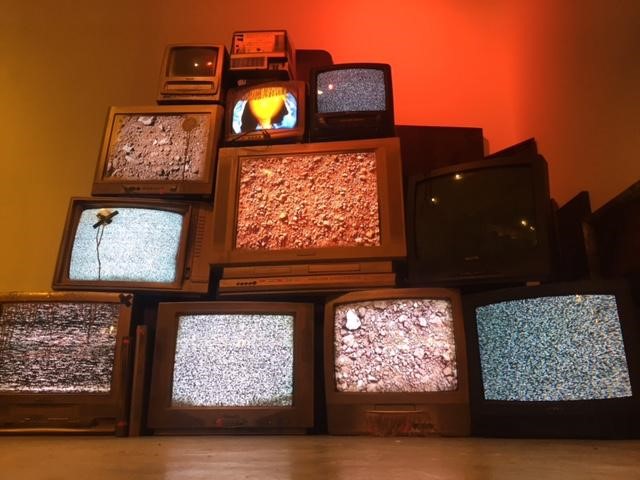
Artists and curators have long utilized mysticism, its symbolism and its theories to create popular art and celebrated exhibitions. Early influencers of Dadaism, including Kandinsky who wrote Concerning the Spiritual in Art, were reported to have been deeply influenced by occult principles and rituals their careers. Marcel Duchamp permeated his work with occultist symbolism.
Deep in the Dream considers art influenced by occult traditions and addresses the paradoxical relationship between the material and immaterial worlds. The exhibition concerns the potential for achieving alternate modes of consciousness through art experiences, while considering both art and the exhibition space as transformational tools lending the viewer the ability to abandon consciousness in order to achieve a measure of transcendence. Consisting of work designed to express the idea that one is able to access concealed metaphysical space, the exhibition provides the viewer with the ability to access inner knowledge and unfiltered perception.
Artists: Michael Zachary, Dave Olsen, AJ Liberto, GJYD
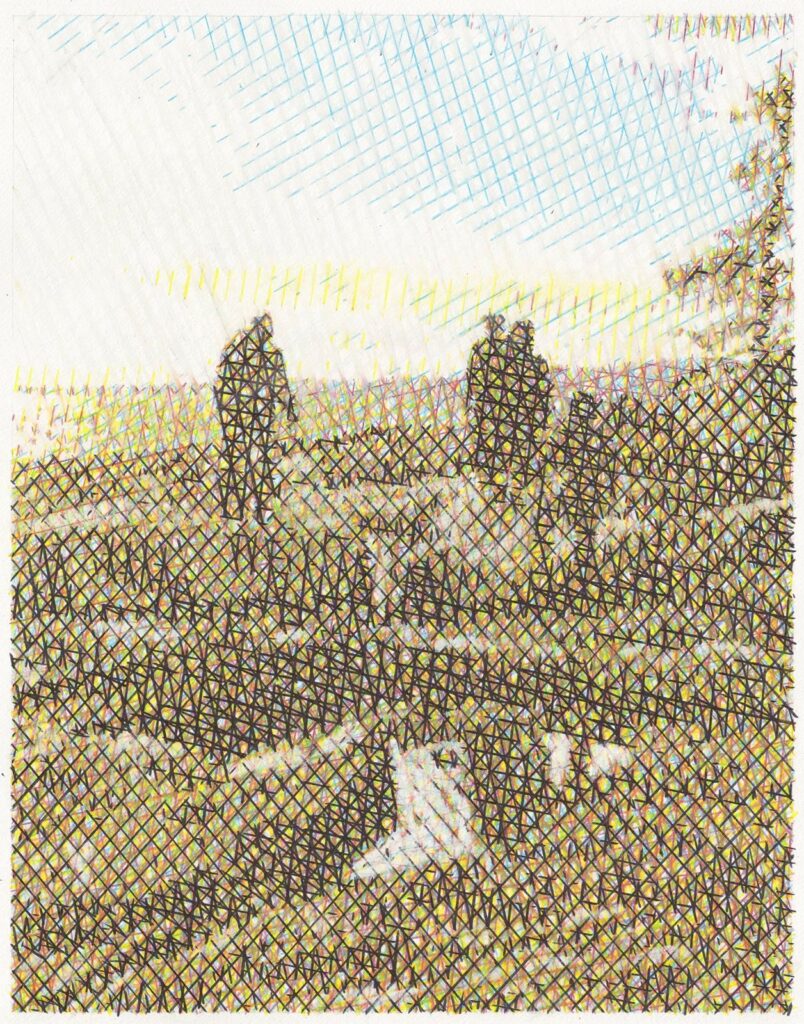
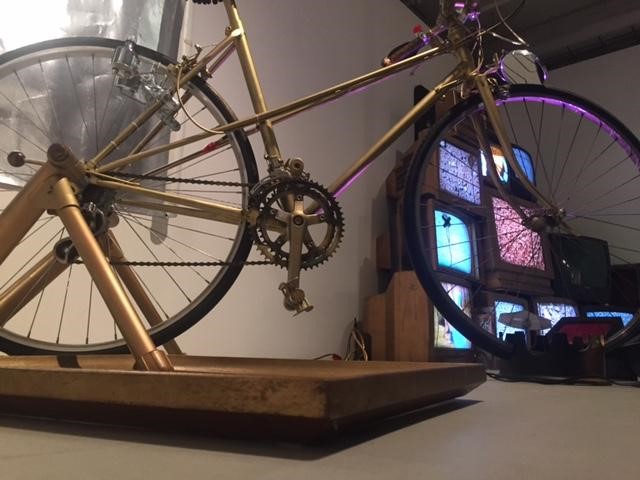
The Sun Shines Today Also
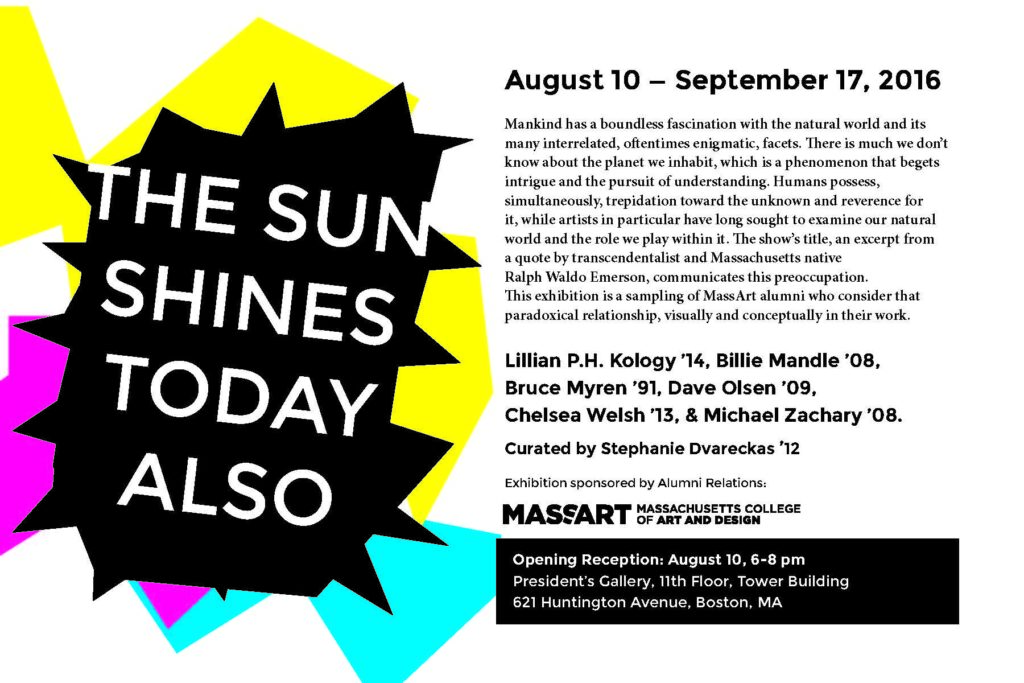
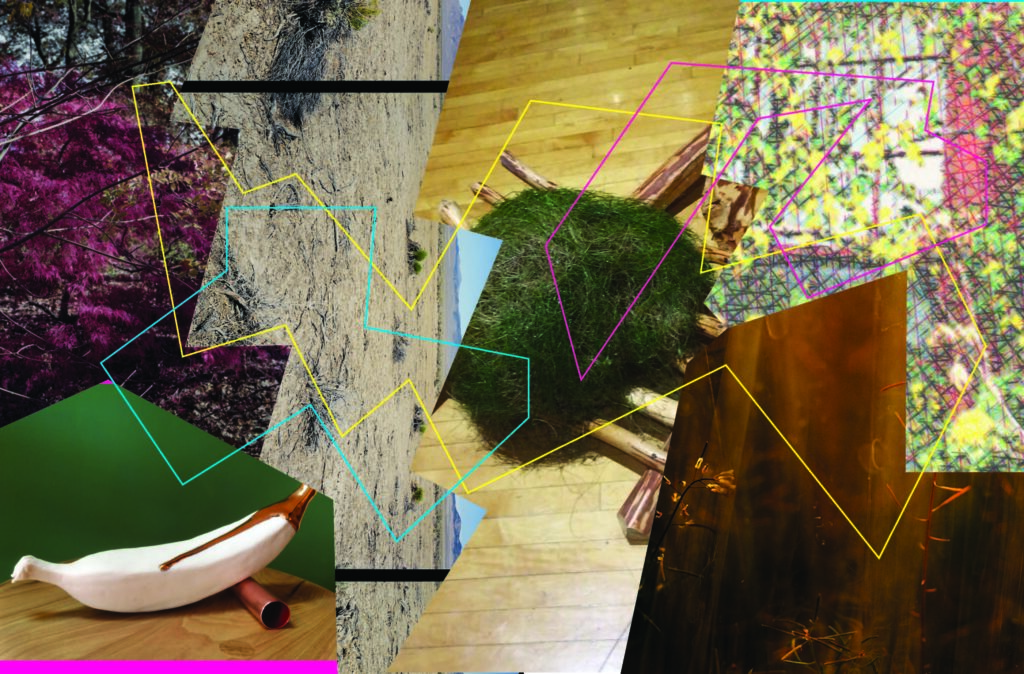
Mankind has a boundless fascination with the natural world and its many interrelated, oftentimes enigmatic facets. There is much we don’t know about the planet we inhabit, which is a phenomenon that begets intrigue and the pursuit of understanding. Humans possess, simultaneously, trepidation toward the unknown and reverence for it, while artists inparticular have long sought to examine our natural world and the role we play within it. The show’s title, an excerpt from a quote by transcendentalist and Massachusetts native, Ralph Waldo Emerson, communicates this preoccupation. This exhibition is a sampling of MassArt alumni who consider that paradoxical relationship, visually and conceptually.
The alumni artists in this exhibition include: Lillian P. H. Kology, Dave Olsen, Billie Mandle, Bruce Myren, Chelsea Welsh, Michael Zachary.
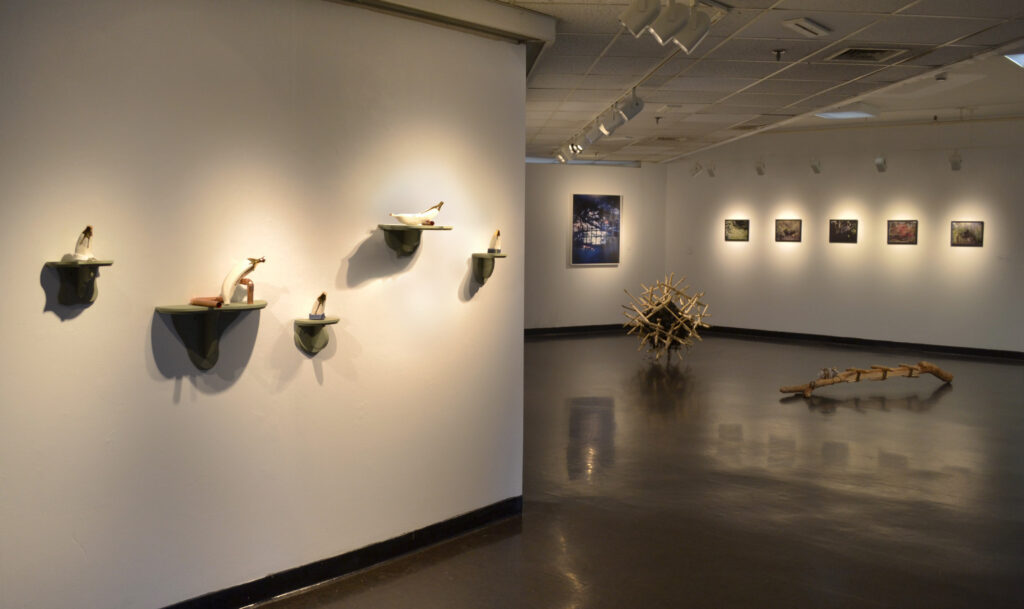
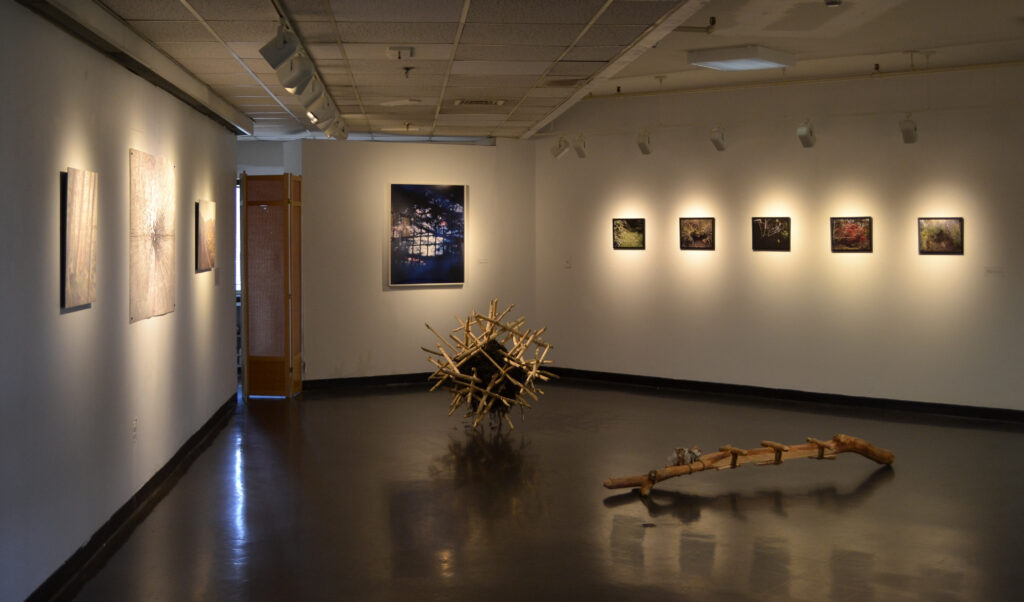
Grounded
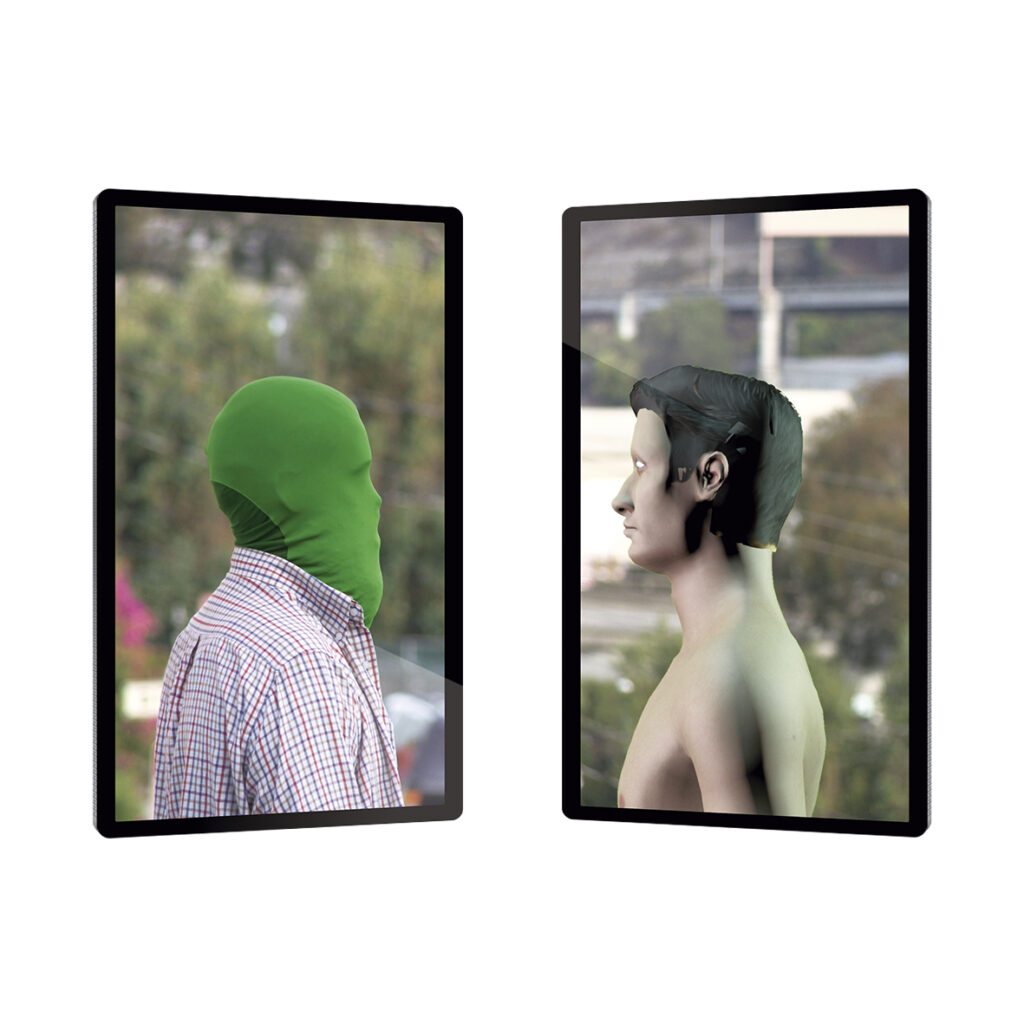
Boston Cyberarts Gallery is pleased to present Grounded, an exhibition that explores the use of technology in contemporary art. In electrical terminology ‘grounded’ is the state of being connected to the earth. As an adjective, ‘grounded’ can also mean sensible, realistic, and unpretentious. New media is sometimes considered the most outré of art forms, but the dynamic nature of technology provides artists with a unique platform to substantively consider current events and the nature of the modern world. In Garden Rooms, Sophia Sobers attempts to reconnect people with the natural world by creating 3D scans of plants and rendering them into digital narratives. By training the world to jump synchronously, Total Jump attempts to accomplish world peace. Mark Stock implements computational physics to simulate the core of a supernova that is then represented as a sculptural object in Chaotic Escape (m70).
Artists in this exhibition include: Betsy Connors, Amber Davis Tourlentes, Joseph Farbrook, Caitlin Foley and, Misha Rabinovich, Raquel Fornasaro, Simón García-Miñaúr, Ryan Kuo, Dennis H. Miller, Nick Montfort, Brooke Scibelli, Matthew Shanley, Sophia Sobers, and Mark Stock.
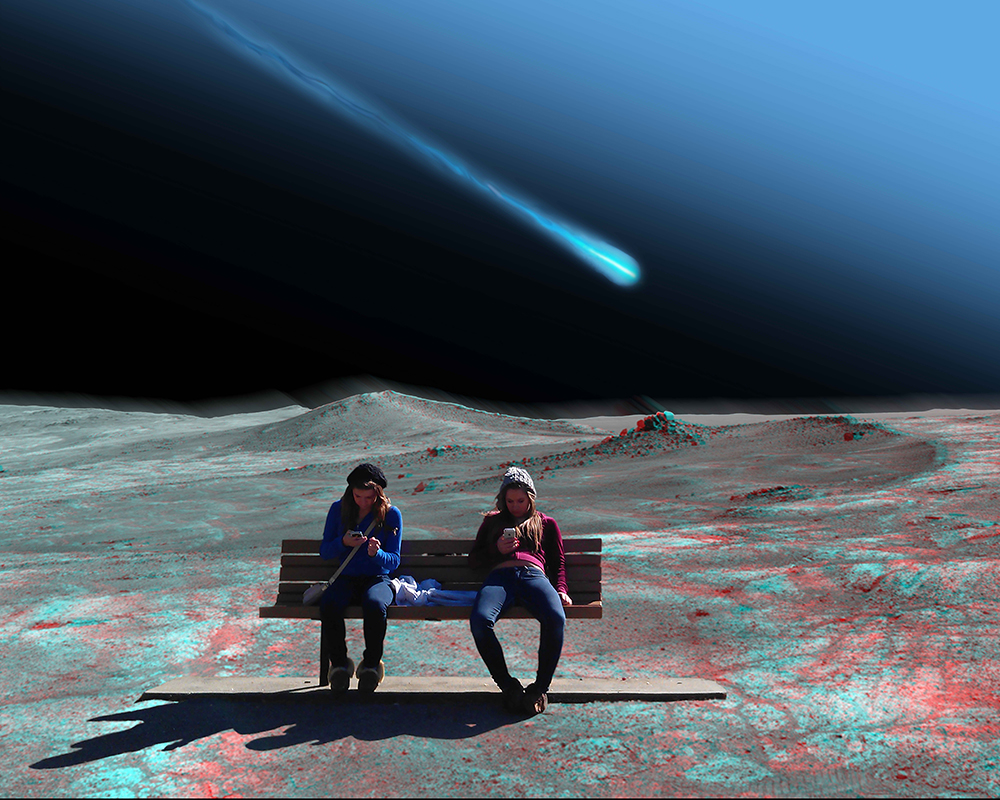
#Viral
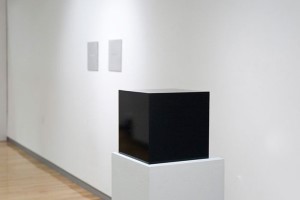
The history and cultural assemblage of viral digital culture has morphed significantly since the Frankfurt Museum for Applied Art added viral code to their permanent collection in 2002 and hosted the ground-breaking “I Love You – computer_viruses_hacker_culture” exhibition. A fascination with viruses, as previously witnessed in the Slovenian Pavilion at the 2001 Venice Biennale, has seeped into contemporary culture; it has “gone viral”, so to speak. In #VIRAL, this evolution is explored through the various forms in which digital art exists and through the many expressed applications of the word “viral” and “virus”.
Some pieces are representative of the idea that language is a virus. Cory Arcangel’s zines, The Source, contain information including source code, the language of computers. Ranjit Bhatnagar’s Pentametron represents a digital version of the cut up method–popularized by William S. Burroughs and Brion Gysin. Bhatnagar wrote an algorithm that locates iambic pentameter in the world of twitter, forms them into rhyming couplets, then retweets them. Other pieces are emblematic of the biological virus. Caleb Larsen’s A Tool to Deceive and Slaughter is a little black box that perpetually sells itself on eBay. This “virus” accomplishes what every virus sets out to accomplish–replication and distribution. Combining his own DNA with the codes of different viruses (Lloviu virus, Polio virus, Marburg virus and Ebola virus), Robert B. LISEK created CAPITAL to model the ever-changing nature of the data that measures the transformation of his DNA, synthesis of code, and exchange in social environment. In Network, Sara Schnadt uses data visualization to illustrate the proliferation of information on social networks. Using a matrix of yellow rope, Schndat creates a three-dimensional way to interpret data, demonstrating how information can spread like a virus.
Artworks by: Cory Arcangel, Ranjit Bhatnagar, Darius Kazemi, Caleb Larsen, Robert B. LISEK, and Sara Schnadt
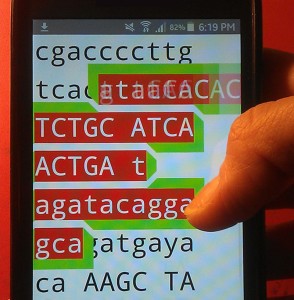
Crossover
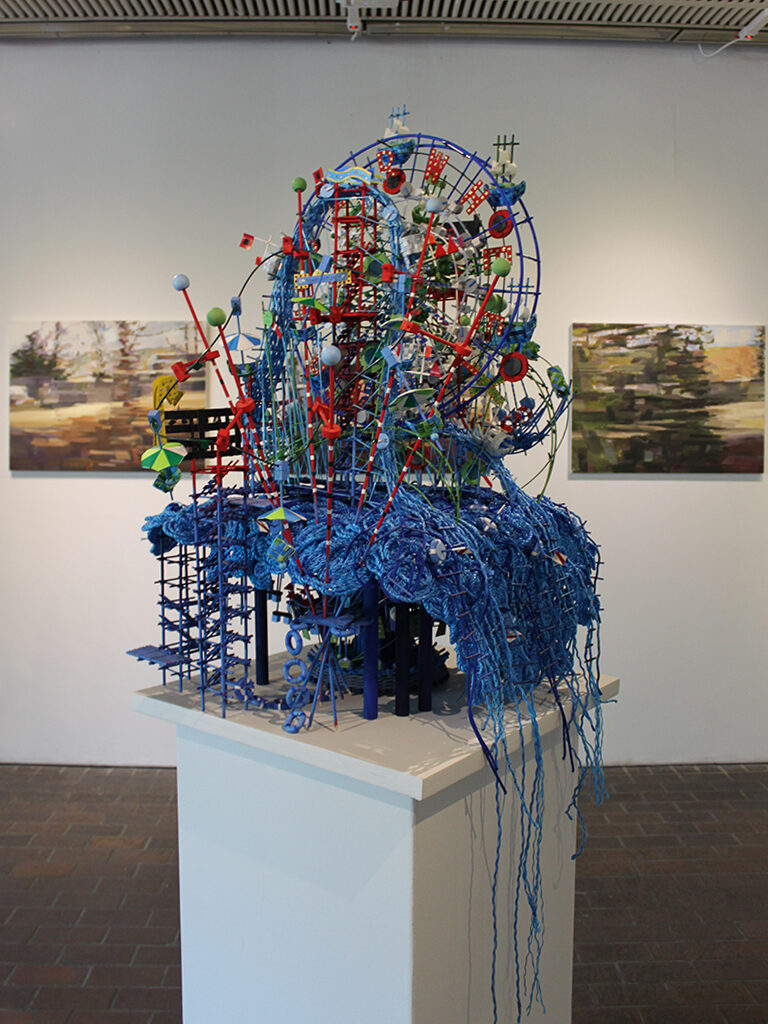
Where is the line between fine art and technology? Historically, art and technology have continually intersected–from the accused Old Masters who are rumored to have used the technology of their time in the production of their masterpieces, to contemporary artists who often straddle the line between the cyber and the palpable. Art is a vehicle for intersecting interests and media, and the use of technology in the creation of fine art further demonstrates this notion. With artistic movements such as “The New Aesthetic”, we are experiencing the influence of technology on art even through more traditional processes.
Crossover exhibits examples of ostensibly traditional work that are heavily influenced by technology. Even though these pieces do not overtly demonstrate the utilization of technology, they do exemplify the novel way in which technology and fine art are interrelated.
ARTISTS
Sophia Brueckner, Nicholas Irzyk, Carlos Jiménez Cahua, Nathalie Miebach, Monica Tap
War Against Magic
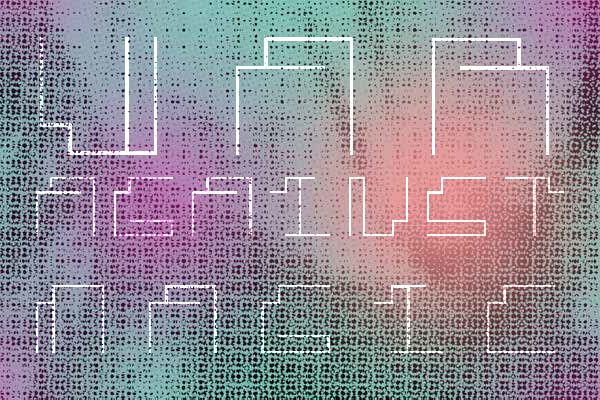
Gallery Kayafas is pleased to present War Against Magic, curated by Stephanie Dvareckas. Sight is such an unreliable thing. We use it to make sense of the world around us, but sometimes sight is deceiving. War Against Magic is an exhibition comprised of various pieces that depart from our commonly held notions of the visual world. Each artist is conveying a skewed sense of space and reality, and exploits the delicate subtleties in human perception. In War Against Magic, one is able to realize the ambiguity in the perception of space.
Artists Include: Jenna Westra, Carlos Jiménez Cahua, Jack Wesley Schneider, Kirk Amaral Snow, Unum Babar, Zachary Herrmann
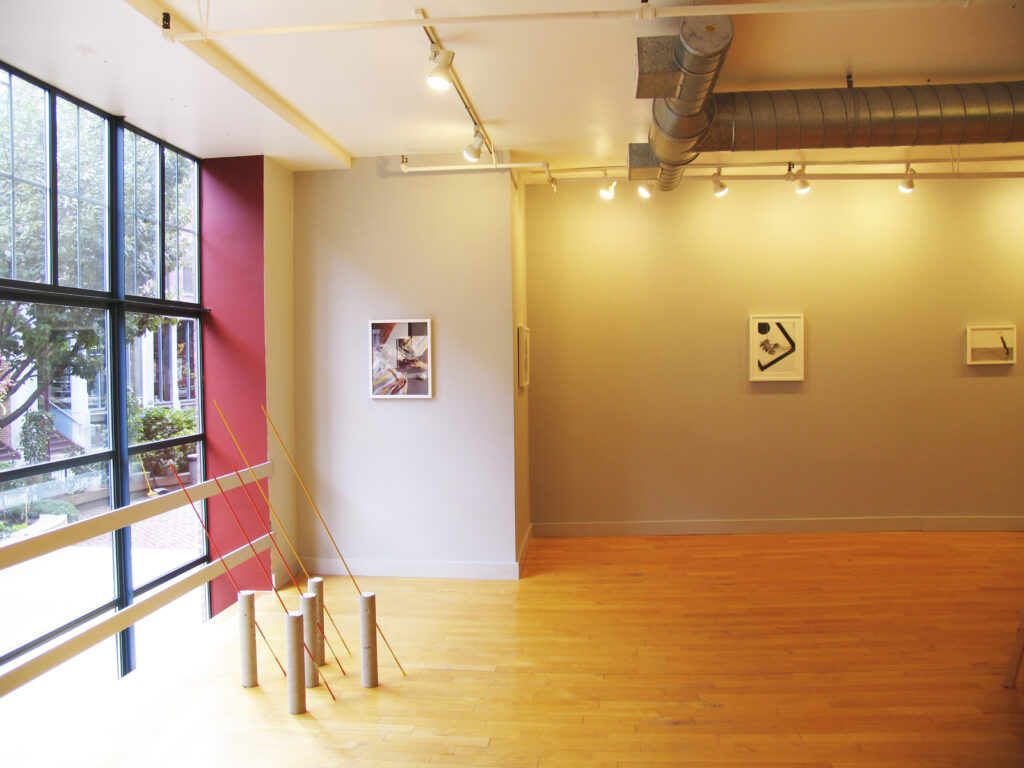
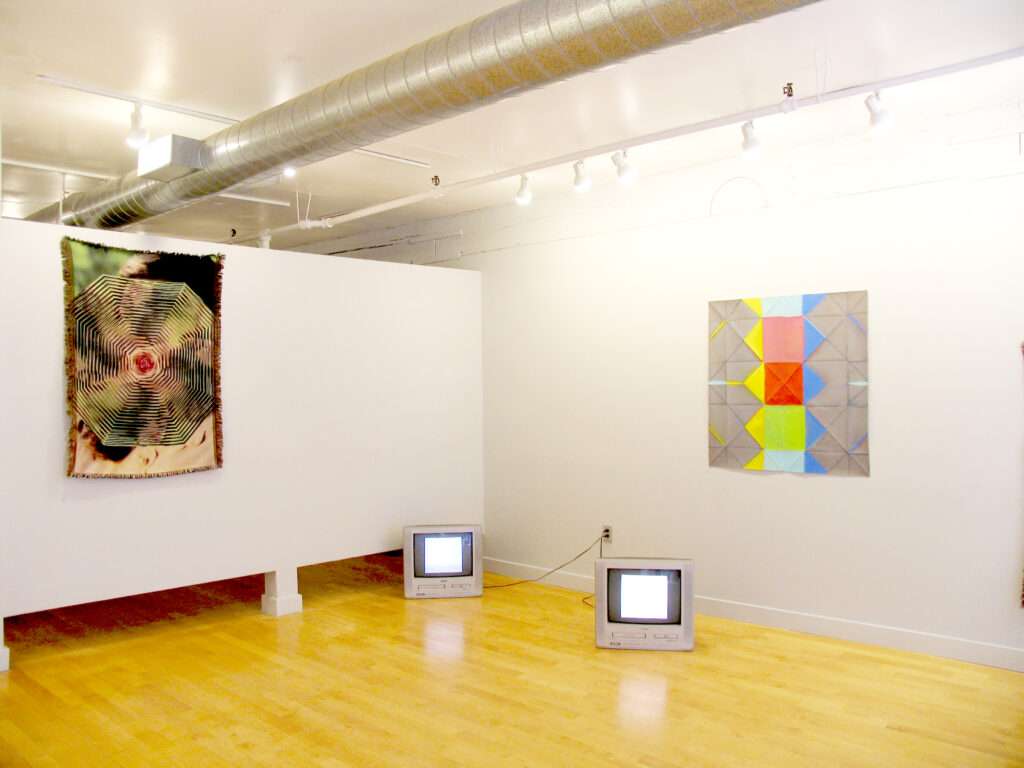
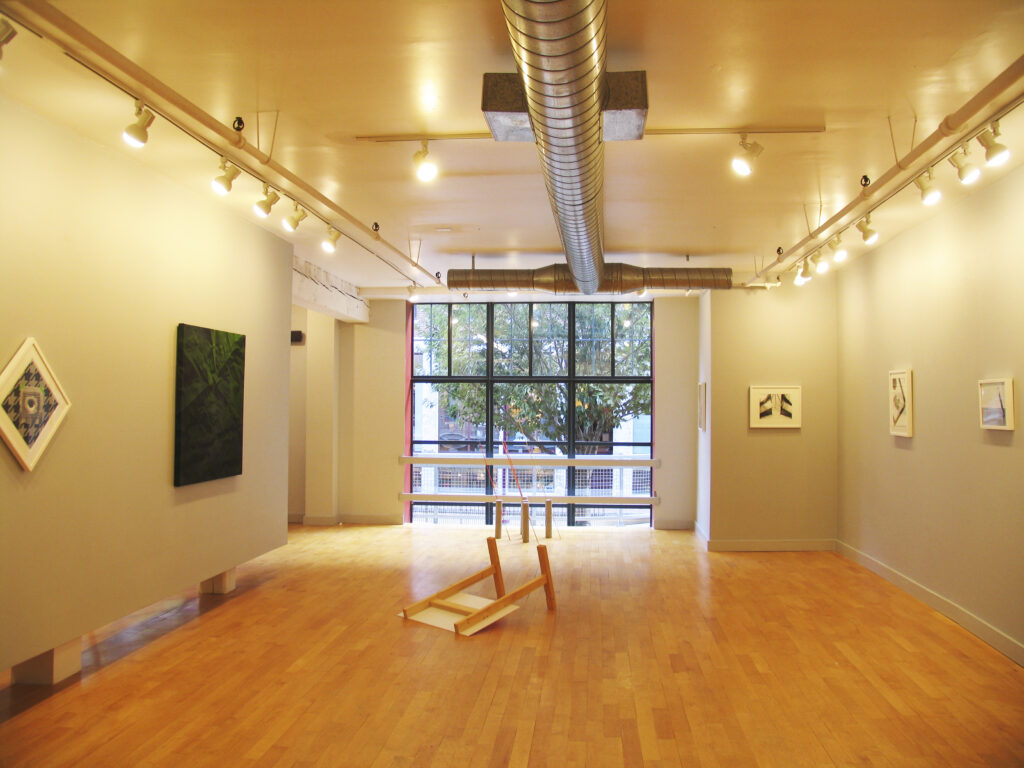
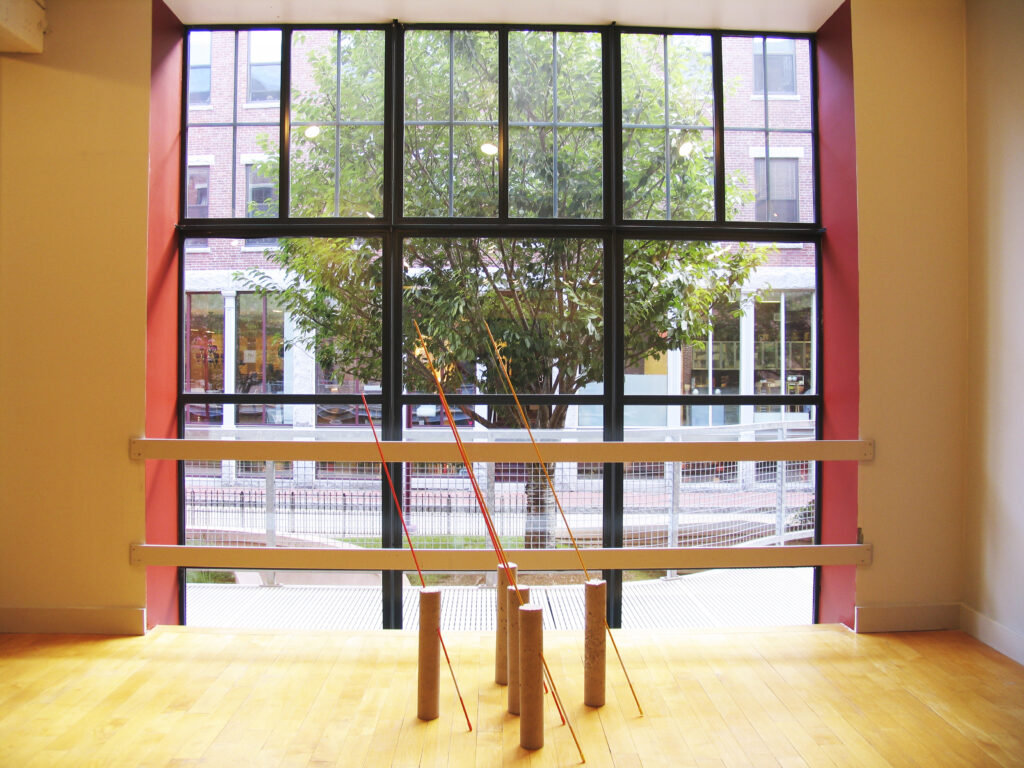
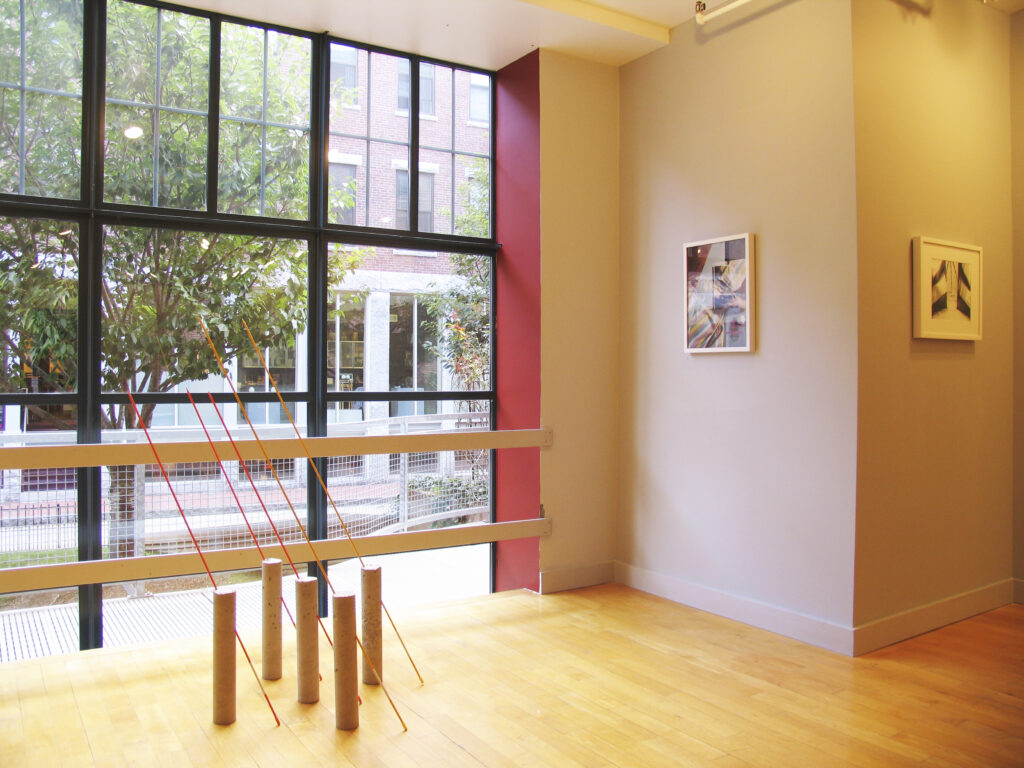
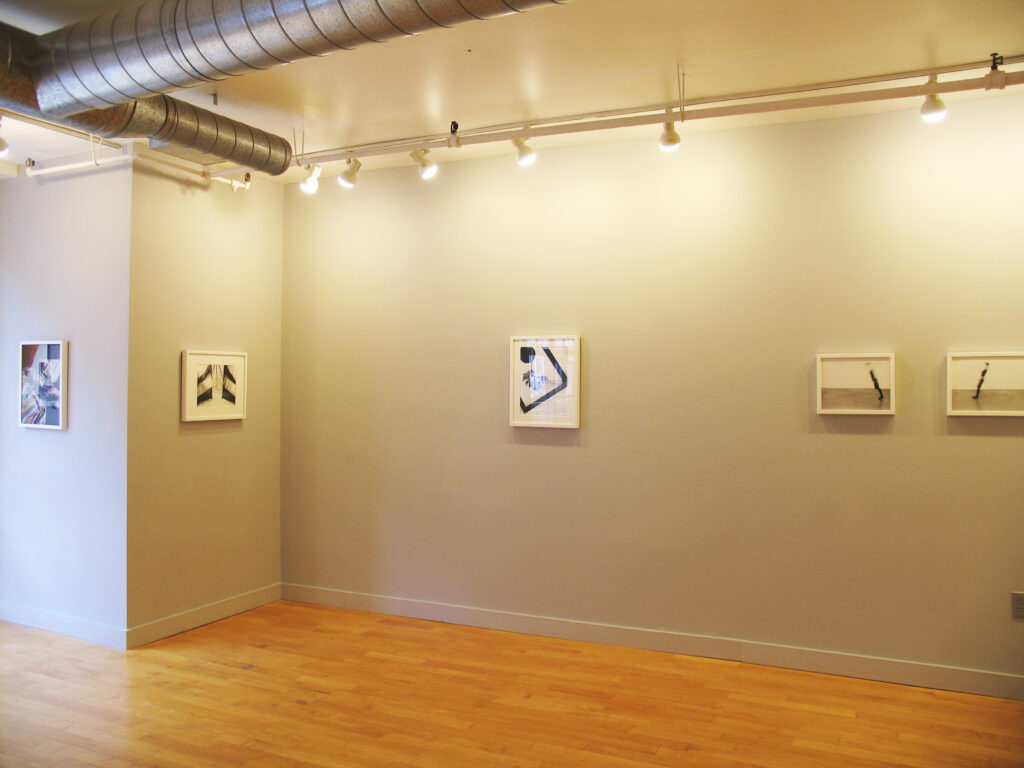
On Display
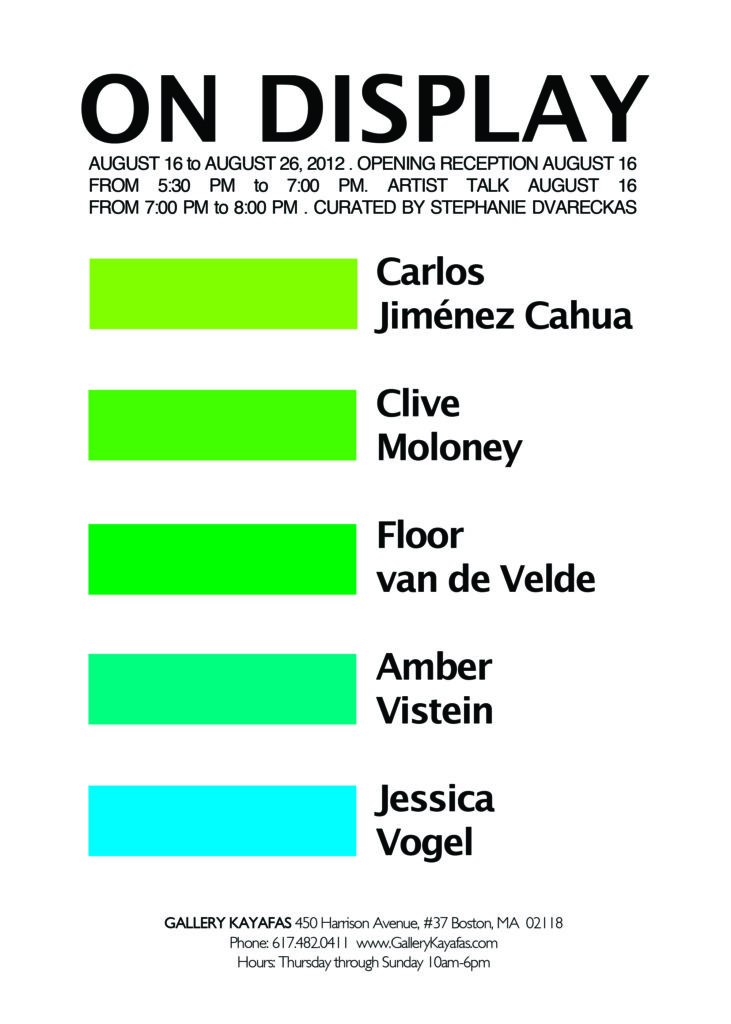
On Display shows a variety of work from several up and coming artists working in the greater Boston Area. The title, On Display, holds a double meaning; the work within the exhibition is on display, but the artists, promising talent in the beginning of their careers, are also being watched by the art world for their impending future success. Each of the artists selected to exhibit in this show were chosen based on the quality of their work and concepts, success in past exhibitions, as well as their accolades. All of these components paint a broader picture of their motivation for success.
On Display boasts five artists: Jessie Vogel, Amber Vistein, Carlos Jiménez Cahua, Clive Maloney, and Floor van de Velde.
Supporting local artists on the rise is an integral part of the art community. It’s important to have fresh faces and ideas to draw out new crowds and to continuously challenge current ideas and practices. The artists in this show represent the best that their contemporaries have to offer and are sure to stimulate interesting dialogue amongst a diverse audience.
